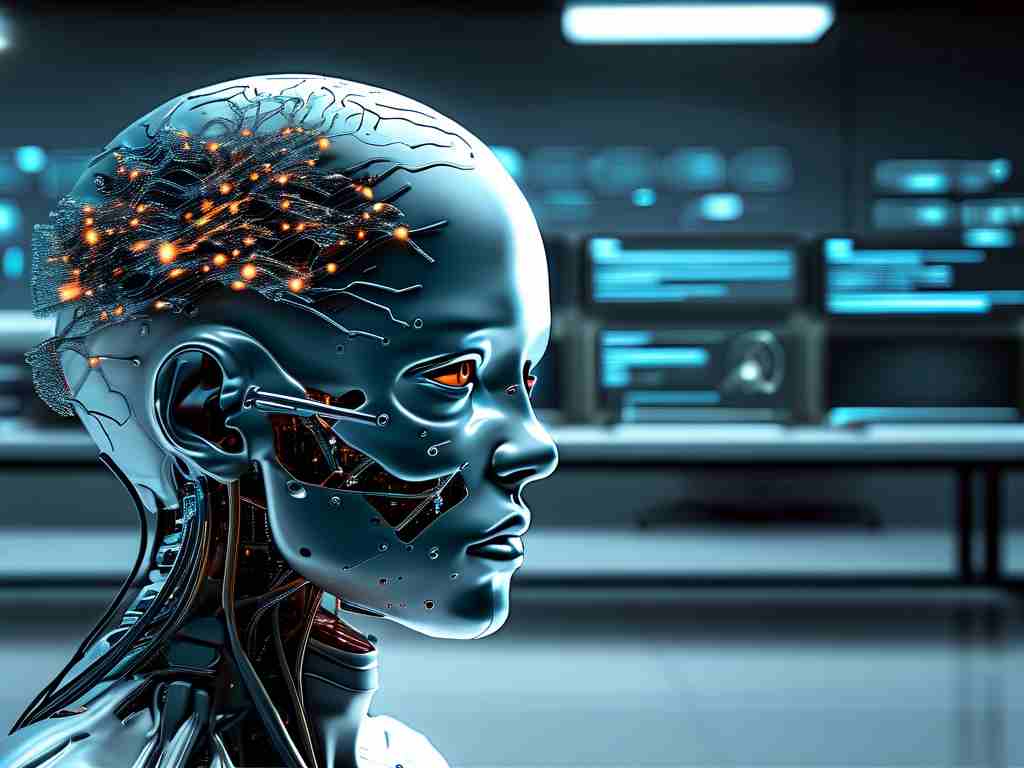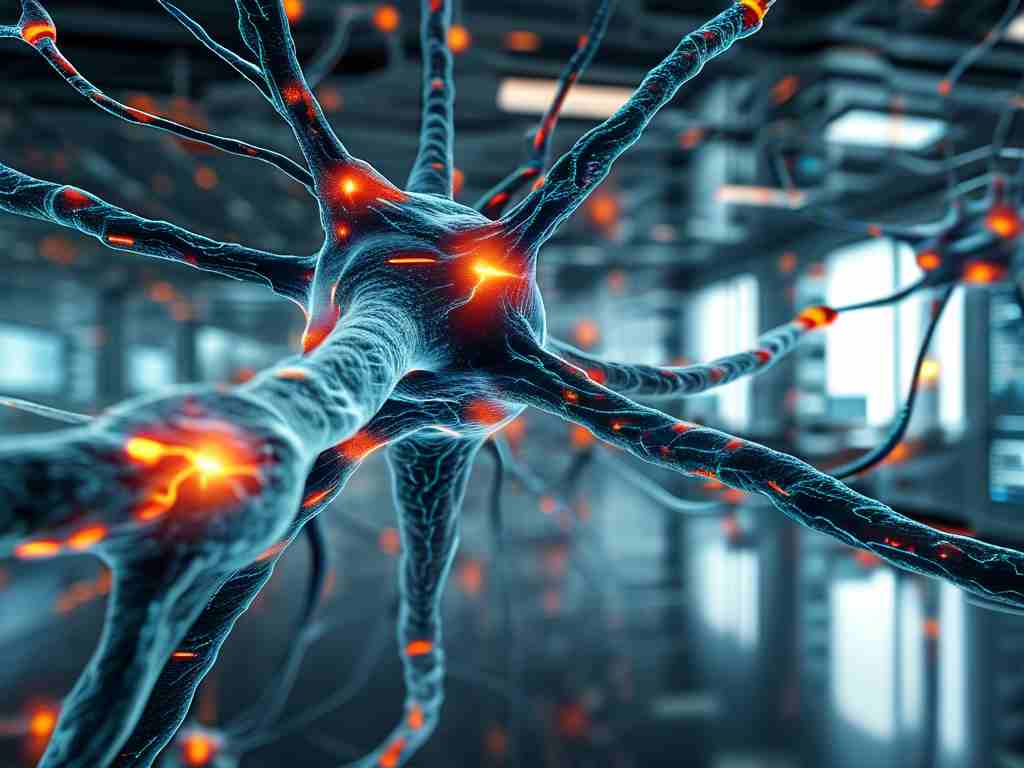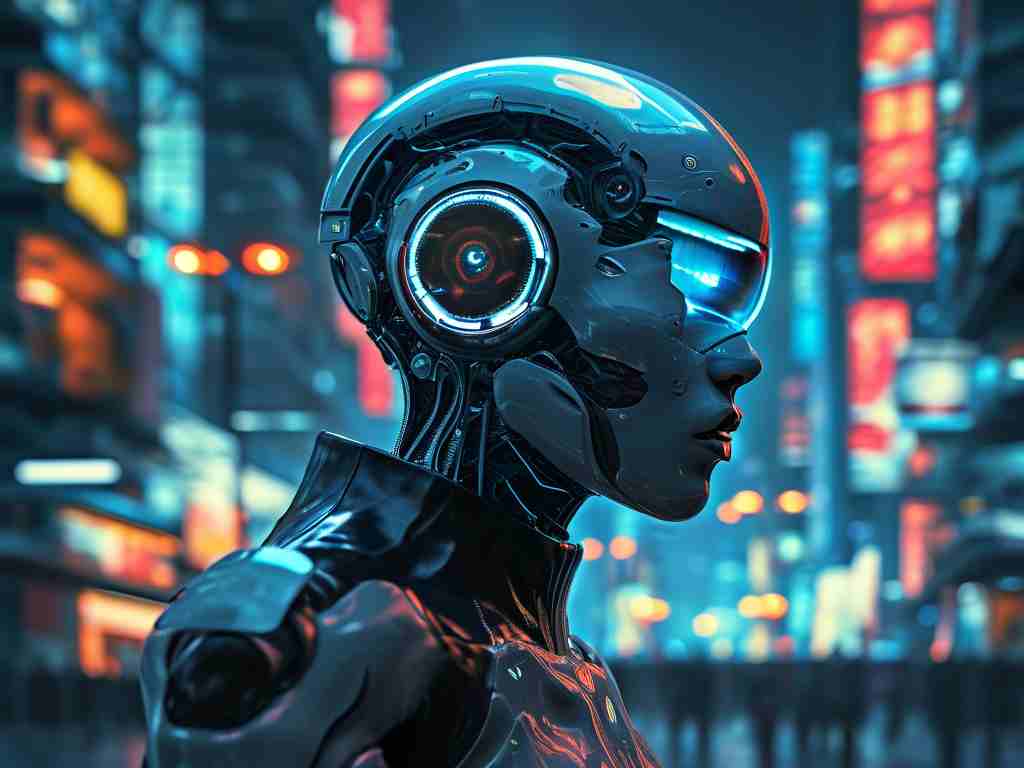In the rapidly evolving field of artificial intelligence, understanding foundational network architectures and optimization algorithms remains crucial for developing effective machine learning solutions. This article examines widely adopted neural network structures and their accompanying algorithms, highlighting practical implementations and contemporary use cases.

Core Neural Network Architectures
-
Convolutional Neural Networks (CNNs)
CNNs revolutionized computer vision through their grid-like topology and localized feature extraction. The architecture employs convolutional layers with learnable filters that detect spatial patterns, followed by pooling layers for dimensionality reduction. A classic implementation for image classification might include:model = Sequential([ Conv2D(32, (3,3), activation='relu', input_shape=(64,64,3)), MaxPooling2D(2,2), Flatten(), Dense(128, activation='relu'), Dense(10, activation='softmax') ])
-
Recurrent Neural Networks (RNNs)
Designed for sequential data processing, RNNs utilize hidden states to maintain temporal context. While traditional RNNs suffer from vanishing gradients, variants like LSTM (Long Short-Term Memory) and GRU (Gated Recurrent Unit) introduced gating mechanisms to preserve long-range dependencies, making them essential for time-series forecasting and NLP tasks. -
Transformer Networks
The transformer architecture, built on self-attention mechanisms, has dominated natural language processing since 2017. Unlike sequential processing in RNNs, transformers process all tokens simultaneously, enabling parallel computation and capturing global contextual relationships.
Fundamental Algorithms
-
Backpropagation
This cornerstone algorithm calculates gradient updates through chain rule differentiation, propagating errors backward from output to input layers. Modern frameworks like TensorFlow and PyTorch automate this process through computational graphs. -
Stochastic Gradient Descent (SGD)
As the workhorse of neural network training, SGD updates parameters using mini-batch gradients. Variants like Adam and RMSProp integrate momentum and adaptive learning rates to accelerate convergence:optimizer = tf.keras.optimizers.Adam( learning_rate=0.001, beta_1=0.9, beta_2=0.999 )
-
Genetic Algorithms
These evolutionary optimization methods simulate natural selection for hyperparameter tuning and architecture search. By maintaining populations of candidate solutions and applying mutation/crossover operations, they effectively explore complex parameter spaces.
Practical Applications
- Autonomous Vehicles: CNNs process camera inputs for object detection, while reinforcement learning algorithms optimize decision-making
- Healthcare Diagnostics: Hybrid architectures combining CNNs for medical imaging with transformers for clinical text analysis
- Recommendation Systems: Graph neural networks model user-item interactions, enhanced by collaborative filtering algorithms
Emerging Trends
Recent advancements emphasize efficiency and adaptability:
- Neural Architecture Search (NAS): Automated discovery of optimal network structures
- Federated Learning: Distributed model training with privacy preservation
- Quantum Machine Learning: Exploration of quantum circuits for specific optimization tasks
While these architectures and algorithms form the backbone of modern AI systems, practitioners must consider computational costs, interpretability requirements, and ethical implications when deploying solutions. The field continues to evolve through innovations like neuromorphic computing and bio-inspired algorithms, pushing the boundaries of what artificial systems can achieve.









